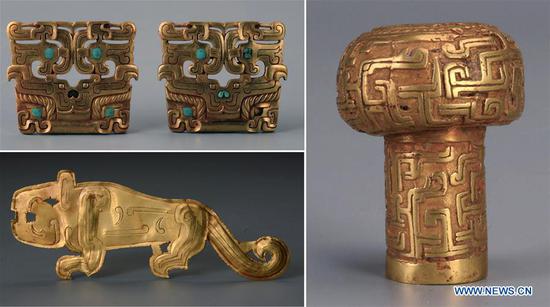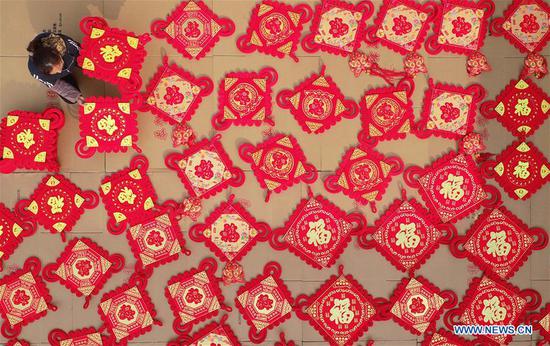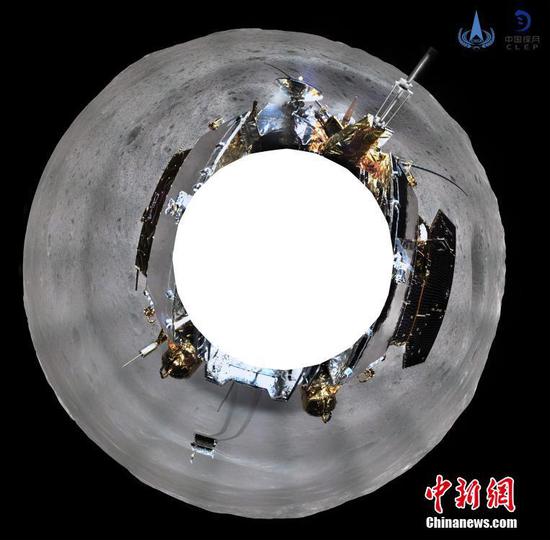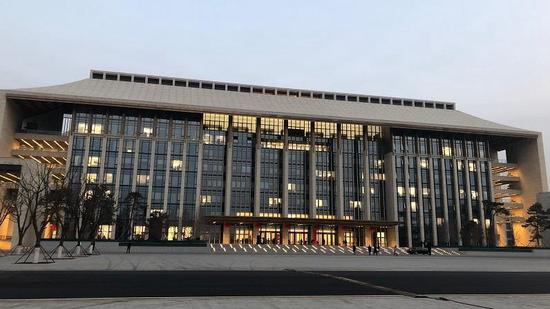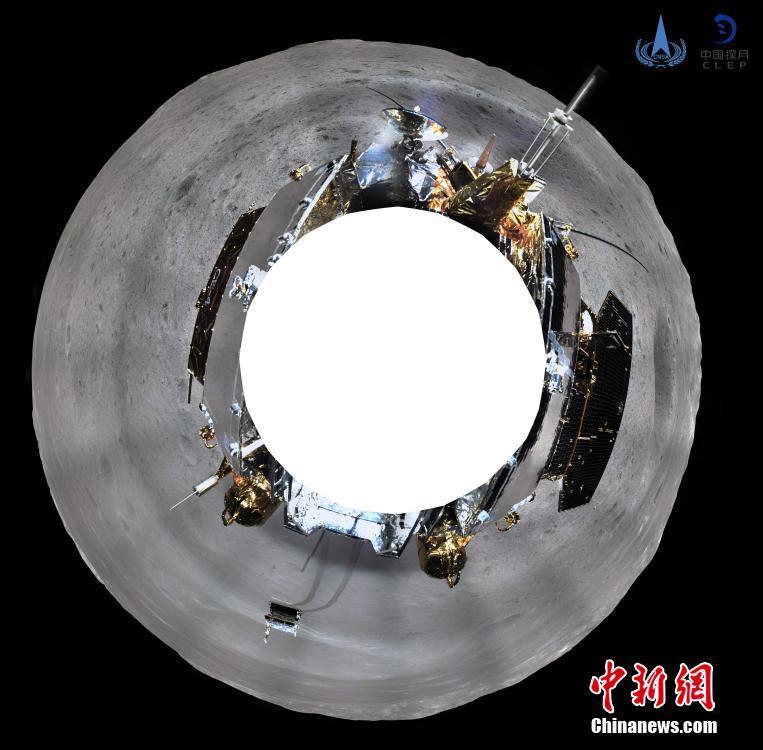
A panoramic photo taken by a topographic camera installed on China's Chang'e-4 lunar probe. China's Chang'e-4 probe took panoramic photos on the lunar surface after it successfully made the first ever soft-landing on the far side of the moon. The images were sent back via the relay satellite Queqiao, which was operating around the second Lagrangian point of the earth-moon system, about 455,000 km from the earth, where it can see both the earth and the moon's far side. (Photo provided by the China National Space Administration)

A panoramic photo taken by a topographic camera installed on China's Chang'e-4 lunar probe. China's Chang'e-4 probe took panoramic photos on the lunar surface after it successfully made the first ever soft-landing on the far side of the moon. The images were sent back via the relay satellite Queqiao, which was operating around the second Lagrangian point of the earth-moon system, about 455,000 km from the earth, where it can see both the earth and the moon's far side. (Photo provided by the China National Space Administration)










